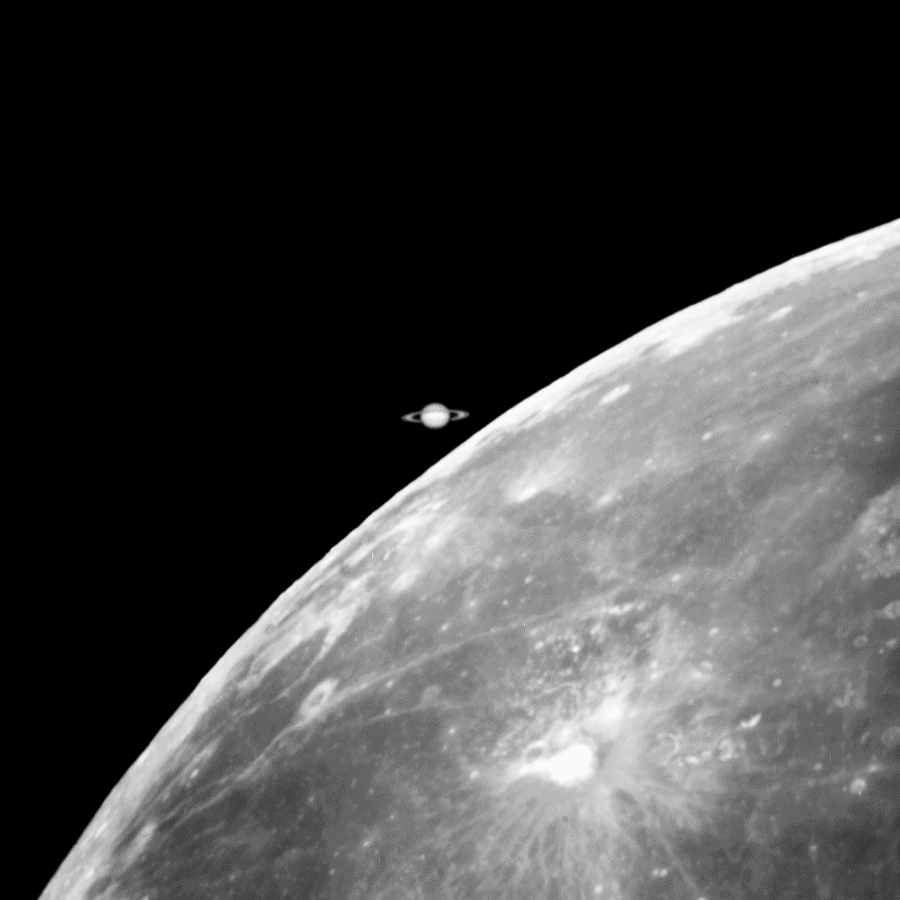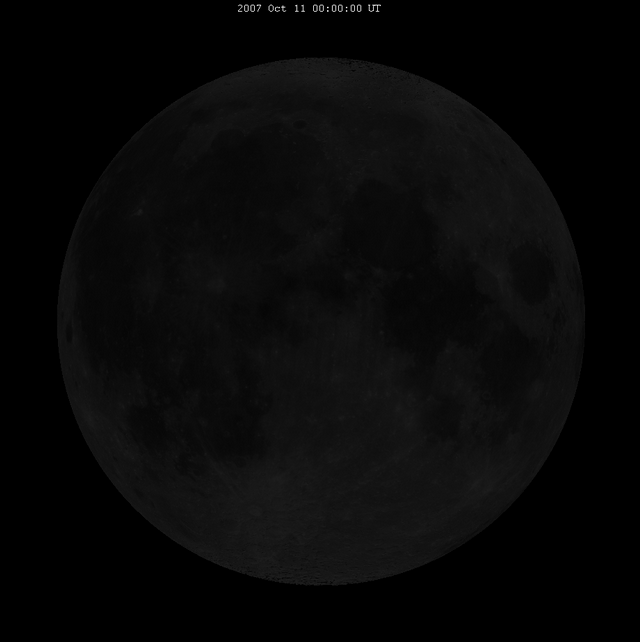One of the key lessons of astronomy (and perhaps of life itself) is that what you see very much depends on where you are. Consider for example this image of the moon passing in front of Saturn.

Saturn is of course very much larger than the moon and only appears smaller because it is much farther away.
In the same way, our moon appears larger at some times than at others because its path around the Earth is not a perfect circle. Its distance from the Earth varies from a minimum of 226,000 miles at perigee to 252,000 miles at apogee. That’s a fairly significant difference, varying more than 5% from the mean value of 239,000 miles.

This means that the moon sometimes appears larger and sometimes smaller, depending on where it is along its elliptical orbital path. When a full moon coincides with perigee, as it does at 11:34 p.m. EDT on Saturday, May 5th, 2012—we have a so-called “super moon”. The moon is larger and notably brighter. NASA has a nice video explaining this:
http://www.youtube.com/watch?v=dvHQ1vV21i0
You learned in elementary school that the moon always keeps the same face turned toward the Earth. In order to do this, it has to rotate at the same rate that it orbits the Earth, something called synchronous rotation.

But when the moon is closer to the Earth, it moves faster in its orbit while the rotation rate remains the same. The rotation rate lags behind and we can “peek around the corner” of the trailing edge of the moon. Similarly, when the moon is near apogee it moves more slowly and we can see extra surface along the leading edge.
And that’s not all! The moon’s orbit is tilted about 5° relative to the path of Earth around the sun. We essentially look “up” at the moon sometimes, seeing some of its south polar region, and “down” on its north polar region at other times. These phenomena are collectively called libration. Add it all up and this is what you see over the course of one lunar month:

But all you need to enjoy the super moon or any moon, is just a clear sky and the curiosity to look. Enjoy!



Leave a Reply